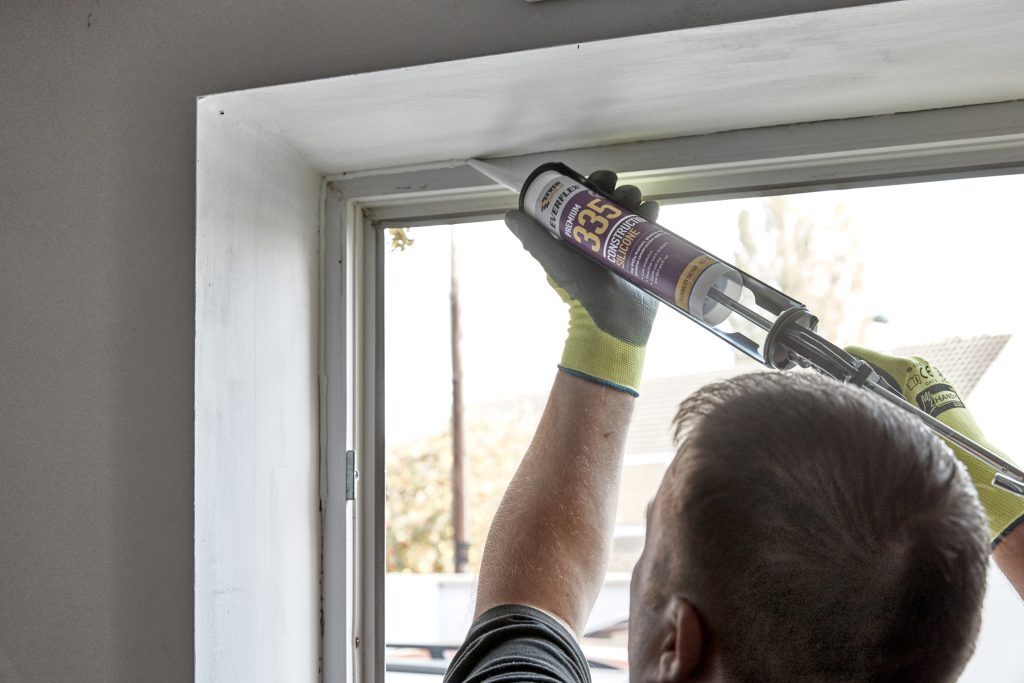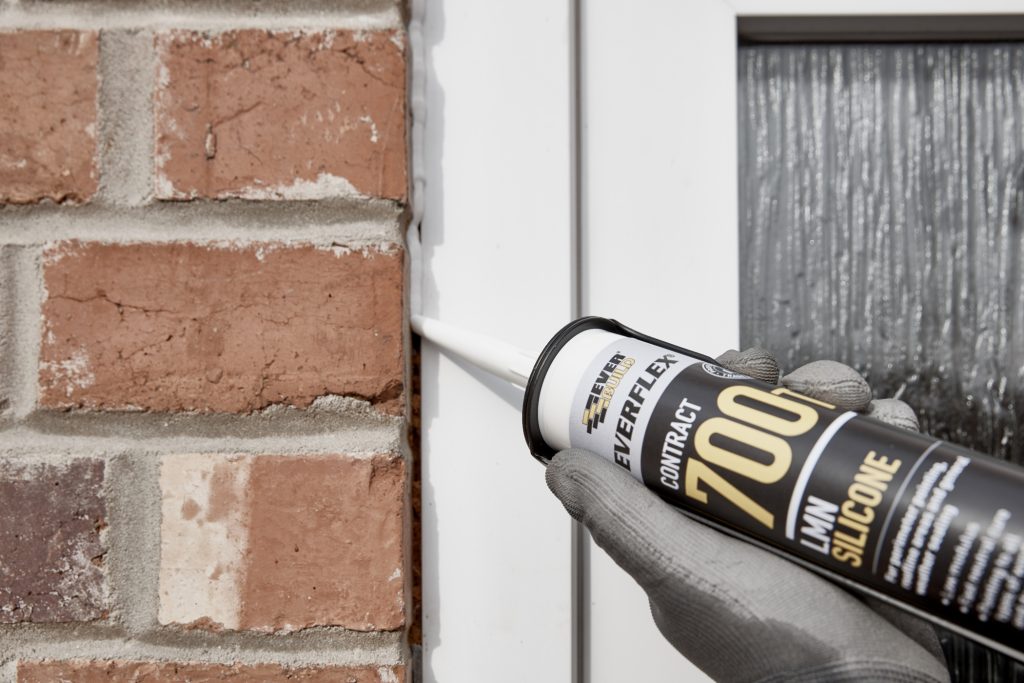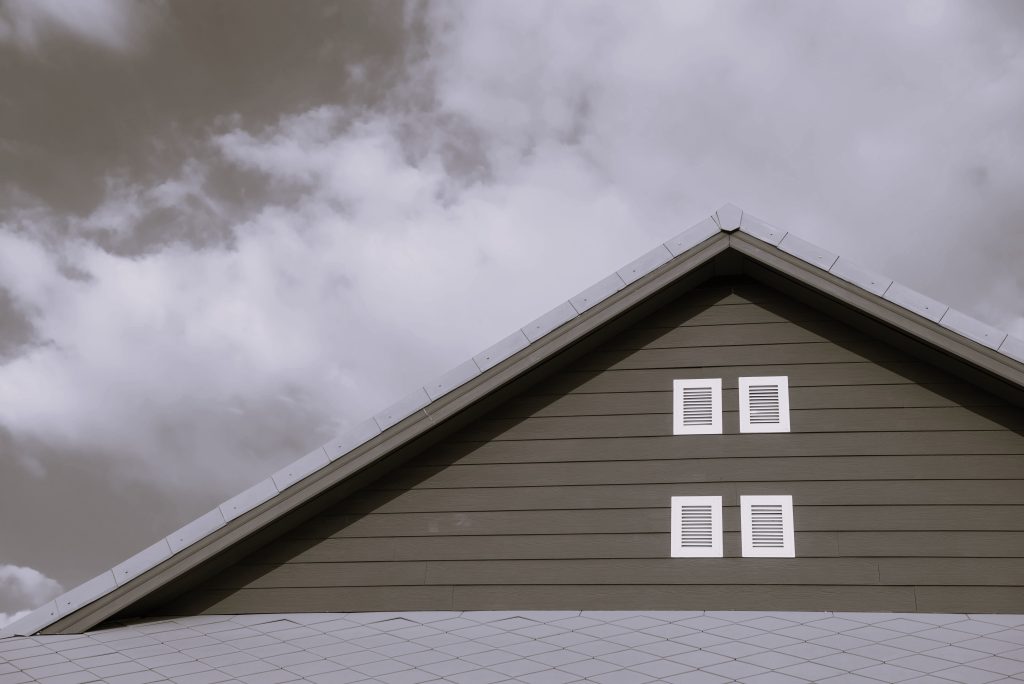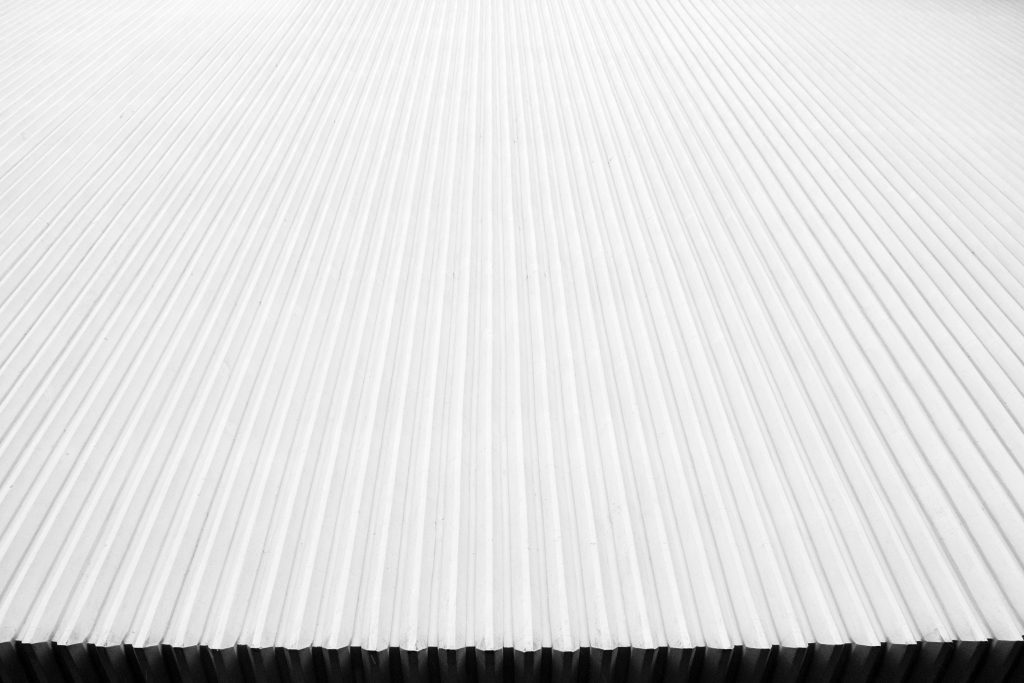Once we see a glimpse of spring sunshine, the first thing a lot of us do is look to the garden – and our neglected block paving. Unfortunately, pesky weeds have a lot to answer for when it comes to keeping our paving neat and tidy, but sealing can help to keep them at bay.
Check out our step-by-step guide below on how to seal block paving to stop those weeds.
What do I need?
To ensure your sealing process goes as smoothly as possible, and has lasting effects, you’ll need to get prepared with the following equipment:
- Pressure washer
- Weed killer
- Broom
- Small brush
- Bin bag or sack (ready for disposal of the weeds)
- Protective clothing & gloves
- Roller for sealant
- Painting pad
- Jointing sand
- Jointing sealer
- DIY / garden sprayer
Step one: Get rid!
Before you can seal your block paving, you’ll need to strip it of weeds and general muck so you’re working with a clean area. You can manually de-weed (this is where protective gloves will come in handy) or use a weed killer to get rid of those that are more stubborn.
To prevent excessive clean up, use your bin bag as you go along to keep things neat and tidy.
Top tip: If you choose to use a weed killer, use one that prevents seeds growing back through patio or paving gaps.
Step two: Deep clean time
Now is the time for protective footwear! Use your pressure washer to eradicate as many excess weeds as you can, as well as any debris or old sand to ensure a spick and span surface area.
Before you get going though, remember you want a thorough clean between each slab, without aiming the washer beneath the slabs themselves (this could disturb the bedding they’re fitted upon).
After pressure washing, you’ll need to leave the area to dry ready for sanding, and to make sure any chemical residue has gone after using weed killer.
Step three: Just add sand!
Now that our paving is free of weeds, debris and is ship shape and shiny, it’s time to add your sand.
Pour the sand into any gaps in your paving, using the small brush to push it down into those crevices. You don’t want the sand any higher than the joints themselves.
Then, use the broom to sweep any excess sand in the joints, giving an even spread across your paving slabs.
It’s advised to seal on the same day as you sand, so the sand quickly works alongside the joints.
Top tip: We’d recommend checking the weather forecast here as you want 24-48 hours of dryness for the drying of the sealant and the sand.
Step four: Test a small area with sealant
The last thing you want is to seal your whole area before realising it isn’t suitable – especially as sealant is pretty much impossible to reverse once it’s in place.
We’d recommend testing a small, subtle area to be 100% safe. Simply take a small fibre brush, apply it to your chosen patch, and let it dry for a couple of hours.
If you’re happy with the finish and colour, you can continue to the next step.
Step five: Apply the sealant
Once everything is dry and the weather is optimum, it’s time to get cracking with your first coat.
Use a fibre brush, paint pad or sponge to saturate the paving slabs with sealant – or spray with a low-pressure sprayer for quick and easy results.
If you opt for the sprayer, we’d suggest sticking with circular and consistent motions to ensure an even coat.
After ten minutes, check your sealant has distributed smoothly across the paving ensuring full and proper absorption.
Step six: Seal the deal with a second coat
This is your surface protection! You’ll need to apply coat two wet on wet, so within the first 15 minutes of the first coat being applied. The process is the same as step five, but with 100ml of sealant per metre squared. It’s also worth checking the product instructions for your specific brand, as curing times for the second coat can vary.
For the most effective results, work backwards in the opposite direction to where you first started applying the base coat. This will allow for a balanced, even finish.
Also, ensure you complete the job where you have access back from the patio – don’t seal yourself into a corner!
Top tip: If you’re left with any puddles or patches, remove any surface residue to avoid sticky patches or stubborn white marks left on the surface.
Step seven: Drying time
Let the paving sealant dry for a minimum of 2 to 3 hours before stepping foot onto the surface.
In an ideal world, it’s better to let it dry for longer to ensure maximum long-term protection and long-lasting results!
Get what you need with Solseal
This summer, we’ve got you covered to get your house in shape. Shop our full range of bundles to get everything you need for this year’s DIY projects, including patio and paving sealer, jointing compound and more! Shop our full range of patio bundles, here.






